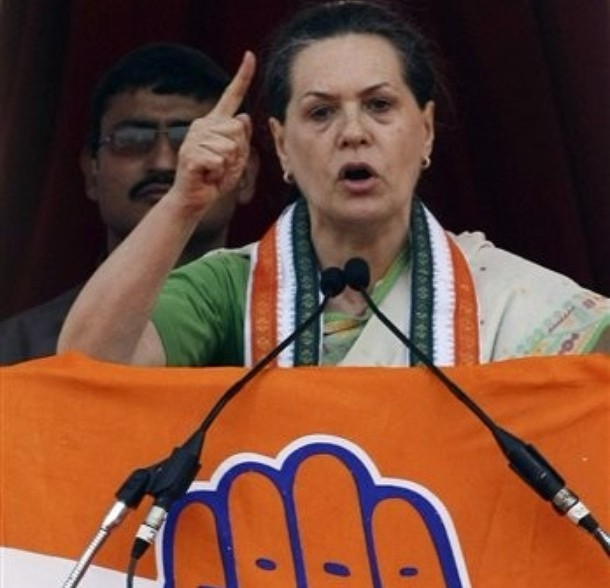Joining forces on Naxal policy
 Since 2004, when Congress President Sonia Gandhi declined the post of prime minister and appointed Manmohan Singh instead, there has been occasional speculation of a rift between the Congress’ organisational wing and the government.
Since 2004, when Congress President Sonia Gandhi declined the post of prime minister and appointed Manmohan Singh instead, there has been occasional speculation of a rift between the Congress’ organisational wing and the government.
The most recent one is around the Union government’s plans for reclaiming authority over areas controlled by the outlawed Communist Party of India (Maoist).
Let’s examine some voices from the Congress that should be considered the most authentic view of the party on Maoism.
“The Indian National Congress views with concern the growing incidence of Naxalite-associated violence in parts of India … The (party) urges the UPA Government to give this matter highest priority... (and) believes that this has to be addressed as a serious law and order issue but with underlying socio-economic causes as well. Clarity and firmness in handling the threat of violence does not foreclose the possibility of dialogue in appropriate situations,” said the political resolution of AICC plenary in January 2006 (emphasis added).
“You have to ensure that the government programmes reach the people and you have to combat Naxalism as a law and order problem,” said party General Secretary Rahul Gandhi on October
16, 2009.
Are these party positions contradictory to each other or to the stated position of the union government? Statements by the Prime Minister and ministry of home affairs suggest otherwise.
Far from ignoring the socio-economic causes of Naxalism, the Prime Minister and Home Minister P Chidambaram come across as being sensitive to them. Several of the United Progressive Alliance schemes in education, health, rural roads and electrification are aimed at addressing these issues of inequality and deprivation in the hinterland. The problem is that these schemes rarely reach the areas under Maoist control – where they are needed the most.
The government cannot deliver development; underdevelopment leads to Naxalism and Naxalites do not allow the government to function in the red zone. This vicious circle can only be broken if the government can ensure the safety of its representatives and investments in areas currently under Naxal control. “As a government, we cannot sit back and watch and say there are underlying causes. We have to combat violence so that the civil administration can function,” says Chidambaram.
A development strategy would involve sending representatives of the state such as teachers, surveyors, engineers and the police to areas under Naxal control. If the rebels do not fire at them and do not destroy the construction that they undertake, there is no conflict. However, as the recent attacks in Maharashtra, Jharkhand and elsewhere illustrate – the conflict is clear and present.
“The government is willing to talk to them on matters of governance and development if they abjure violence,” said Chidambaram.
“The first UPA government could not do much about this as the then home minister took it lightly,” a senior official involved with the policy said.
Thus, a reading of the statements from the government and the Congress suggests unanimity between 7 Race Course Road (Prime Minister’s residence) and 10 Janpath (Sonia Gandhi’s home) on Naxal policy.